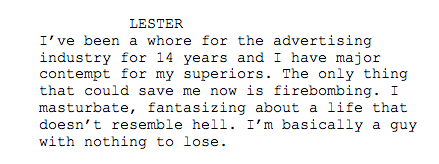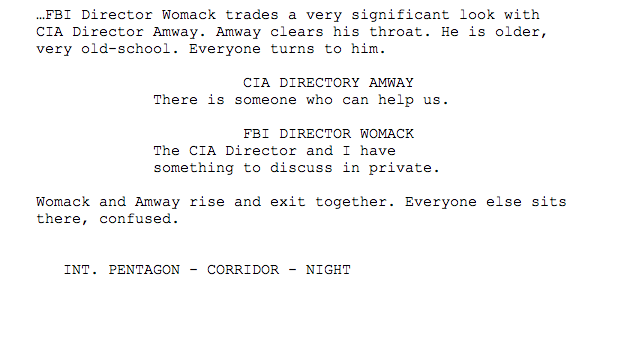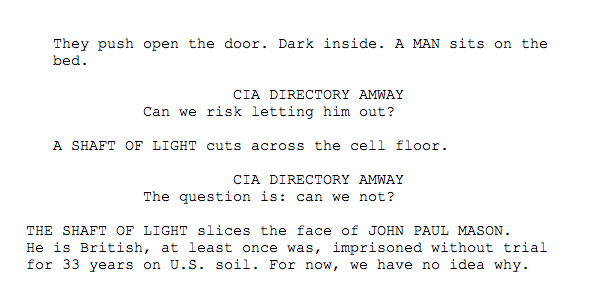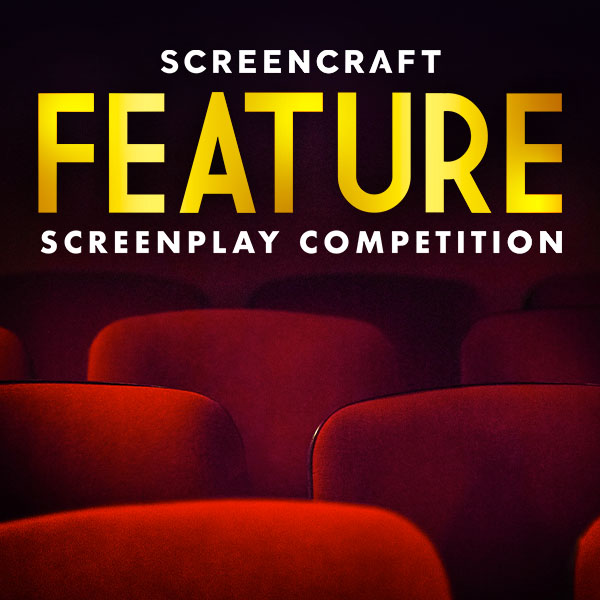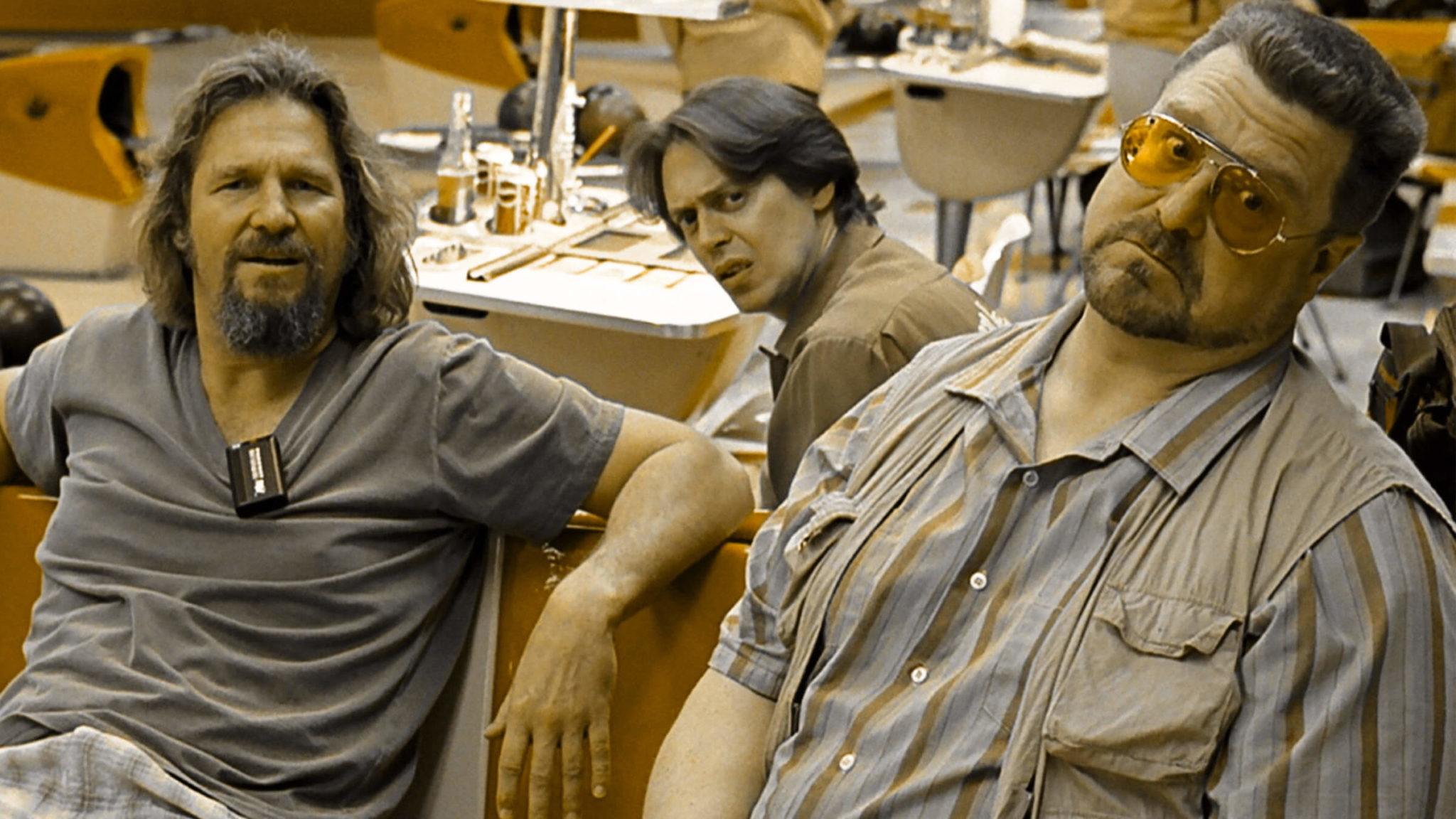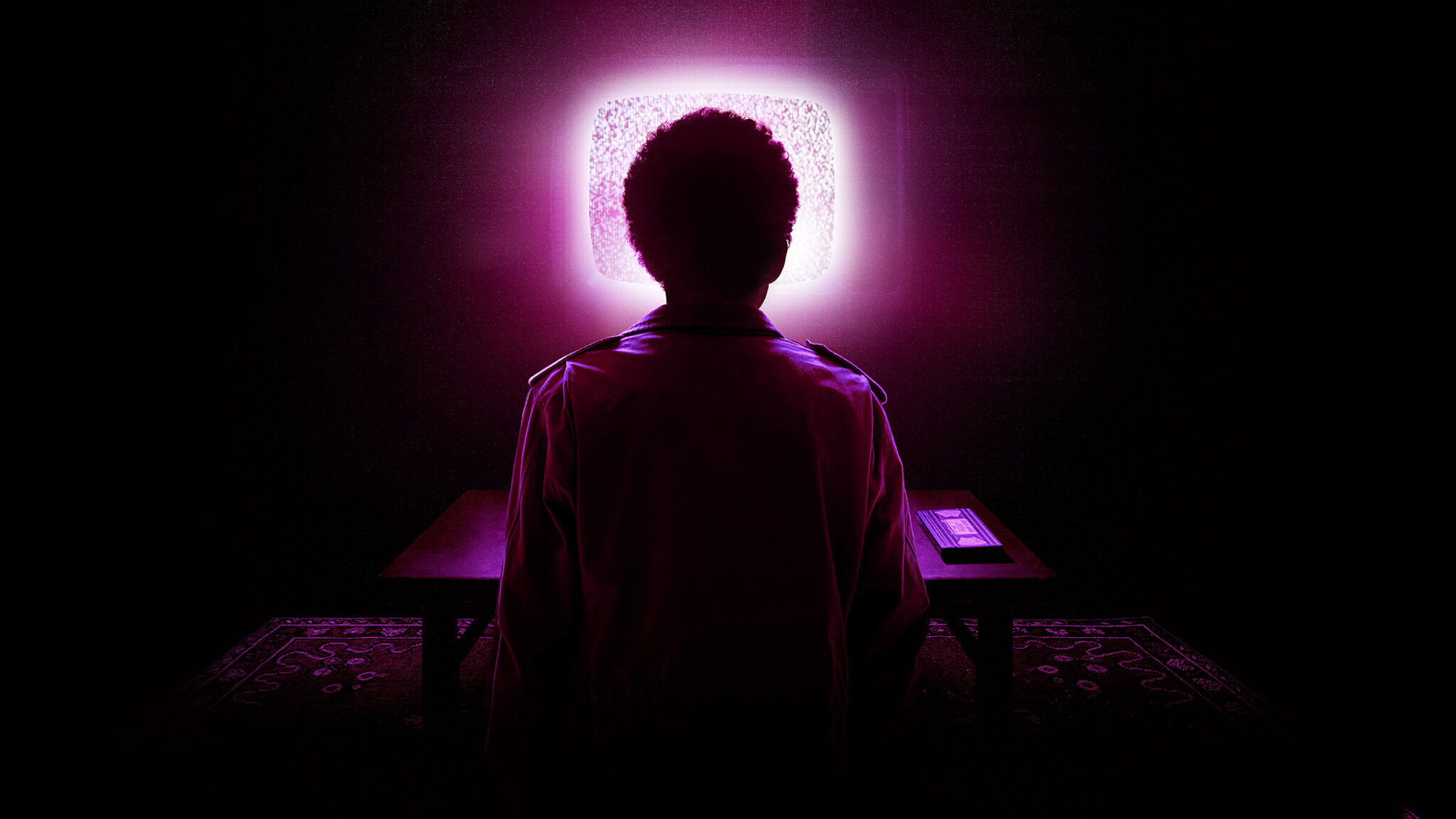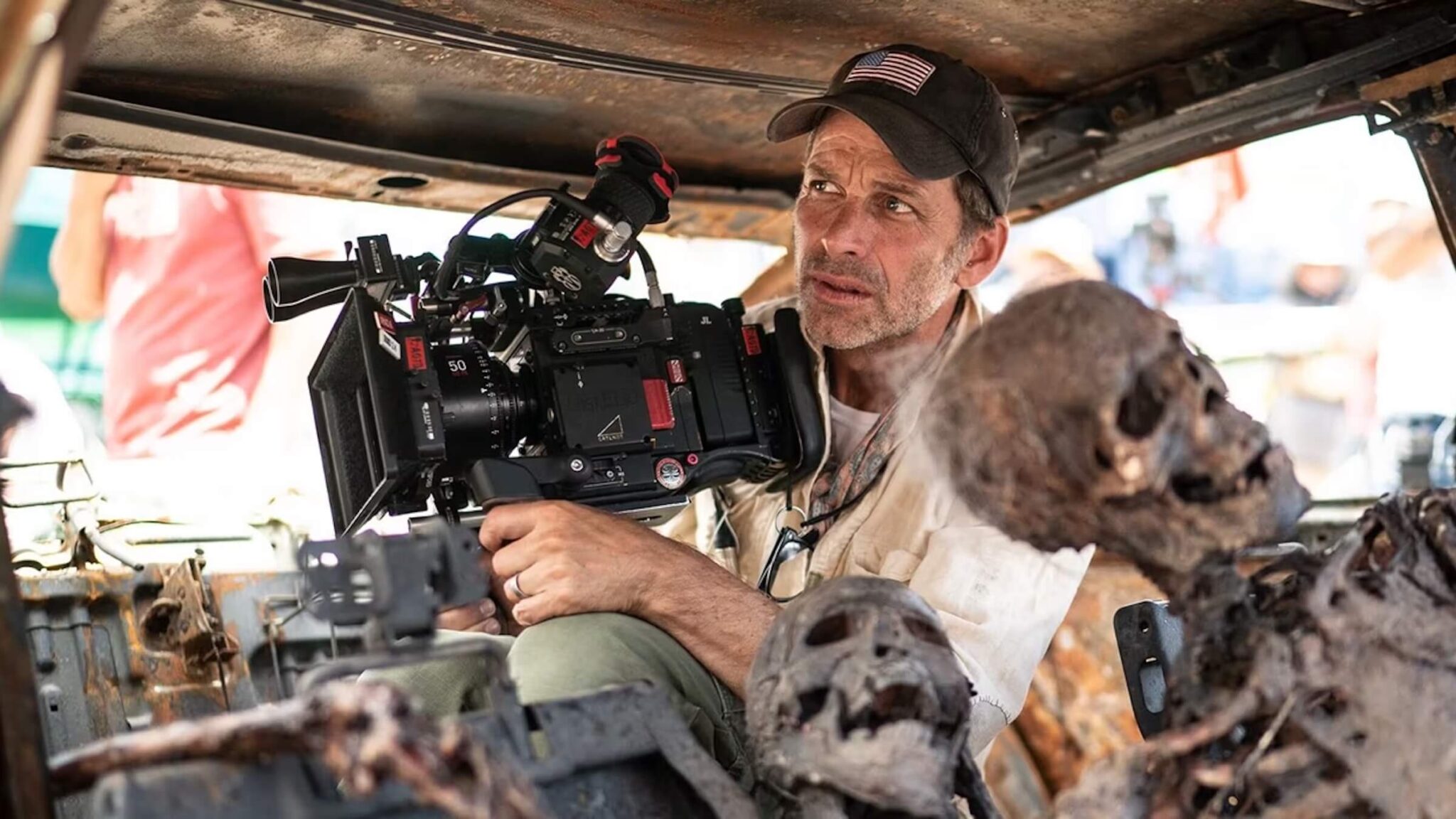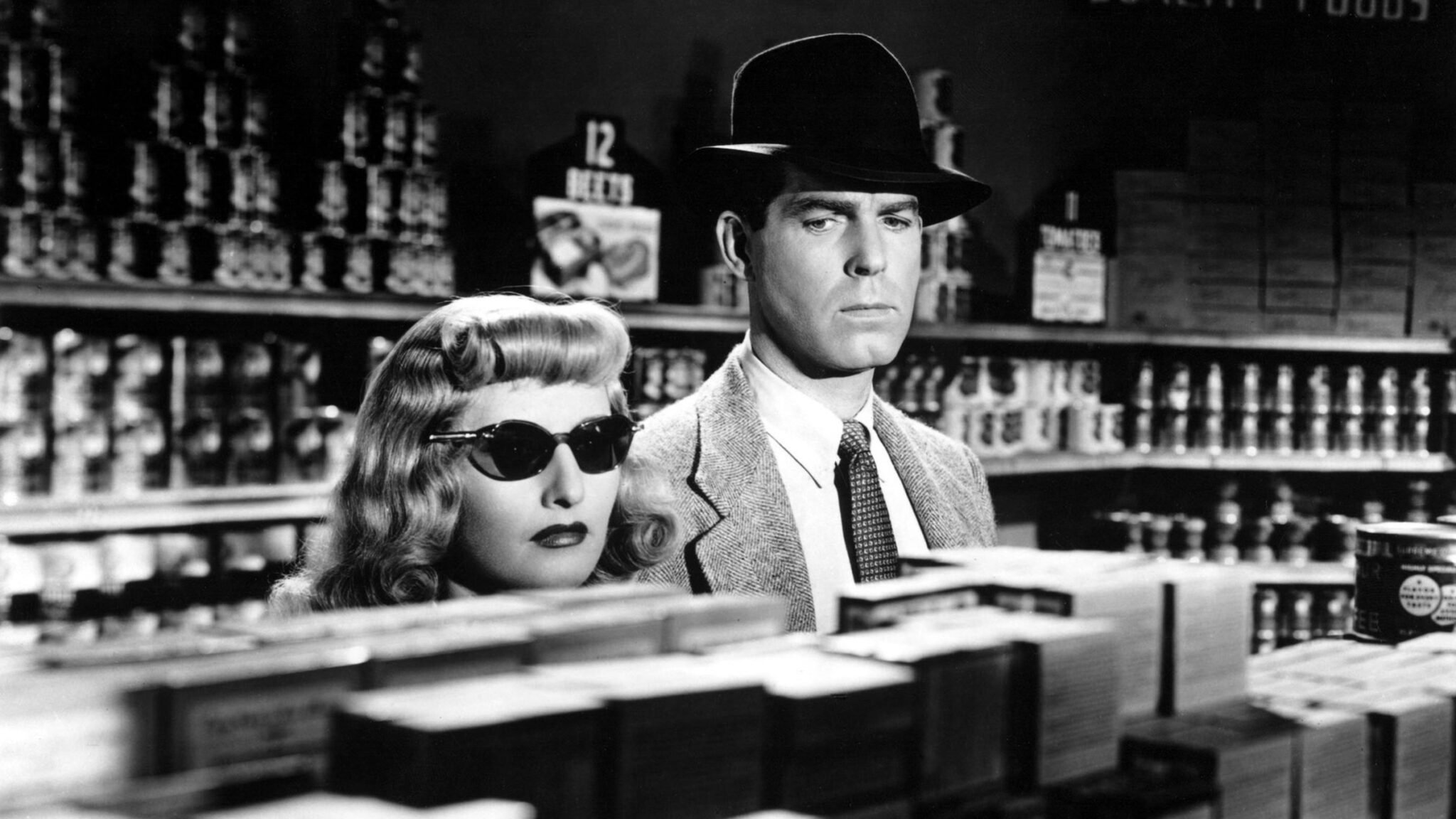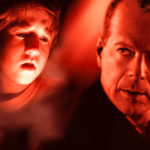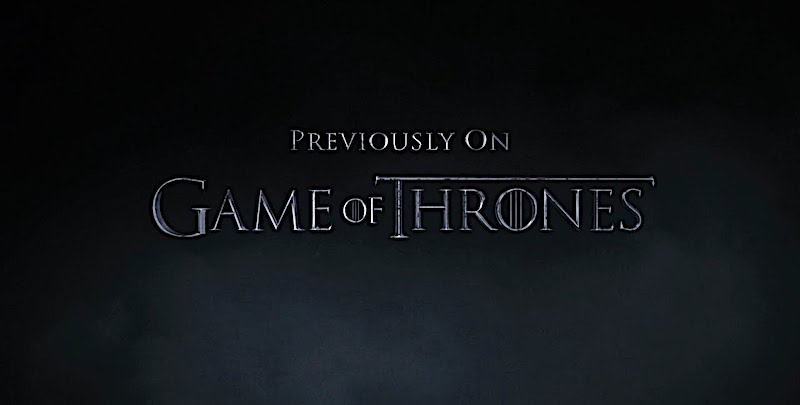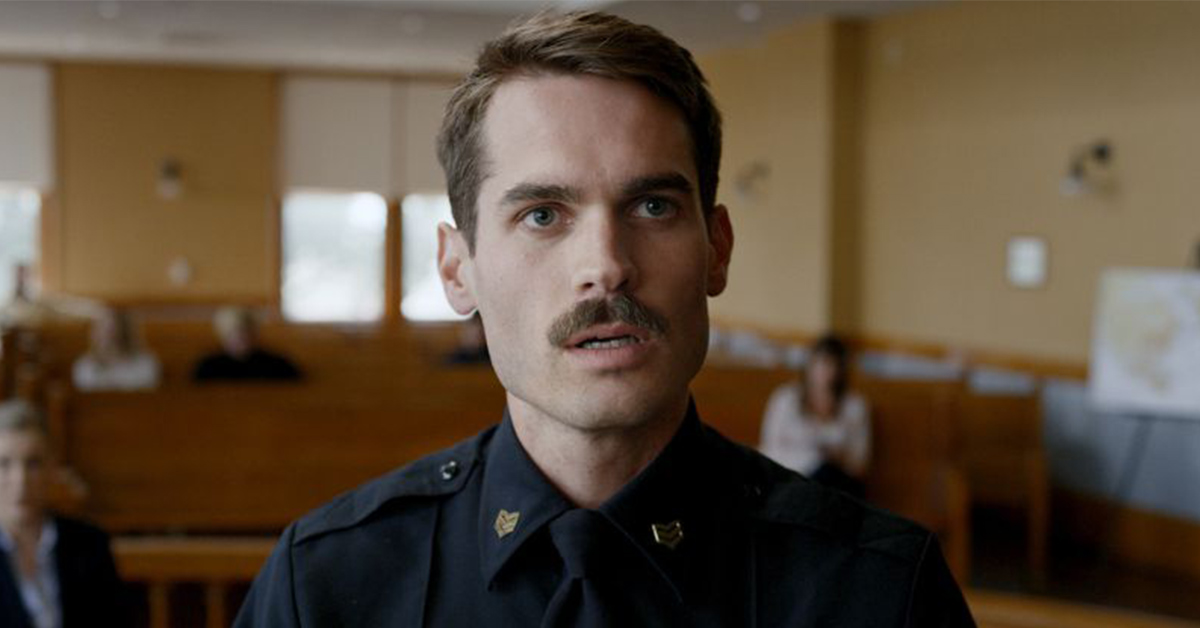Camels, Strip Joints & David Mamet or: How I Learned to Stop Worrying and Love Exposition

Guest post by: Ivo Raza
Writers hate it. Directors hate it. Actors especially hate it. Exposition. It might just be the most hated word in the writers’ room and on set.
At its core, exposition is nothing more than the conveyance of key information the audience must know in order for a story or character to make sense. However, suspend an audience’s understanding of a character, story, or plot for long enough or deliver those key facts in a clunky way and they lose interest.
Humphrey Bogart famously said: “Whenever I need to deliver exposition, I pray to God that there are camels in the back humping,” (OK, he actually used the F word, but we’re keeping it PG-13 here).
Basically a form of misdirection, it focuses the audience on one thing in order to distract its attention from another. And it has been one of the go-to techniques for exposition in many scripts.
They could have used a couple of camels in this scene:
Game Of Thrones took the humping quite literally and simply replaced camels with humans (they use it so much that they call it “sexposition"). In The Terminator they replaced humping with a car chase and hid exposition in the excitement of the action. And have you ever wondered why in The Sopranos meetings often took place at Bada Bing, the strip joint?
Other common exposition techniques include using a new character to deliver key pieces of information, questioning someone, setting a scene at a counseling session, an interview, or as part of an argument.
Ingmar Bergman, of course, doesn’t even attempt to hide it and simply has Marta the schoolteacher read a letter for 6 minutes in Winter Light. The opposite is David Mamet, who states that the trick is to avoid it altogether.
Exposition is one of those story elements that screenwriters, filmmakers and actors have come to accept as a necessary evil; think of Basil Exposition in Austin Powers.
But, there is an alternative that is more organic. And that alternative is putting the exposition in conflict.
Here’s a great example from American Beauty. It’s the scene where Lester talks to his supervisor. The supervisor’s goal is to get Lester to write a letter justifying his job, and Lester’s goal is to get fired, with a severance package. It’s a scene that is loaded with exposition, yet we don’t notice because it is brilliantly written.
The scene reveals Lester’s contempt for management, how long he has worked there (14 years, a long time), how he feels about the work (I’ve been a whore/firebombing), how he feels about his life (resembles hell) and finally his new self (an ordinary guy with nothing to lose). All of this is character information that is crucial in order for the audience to understand the context of the entire story. Imagine this information delivered differently:
Same info. Big difference.
Another example is from the movie The Rock. It’s exposition about the Sean Connery character Mason, presented in conflict in a short sequence between CIA Director Amway and FBI Director Womack.
As the CIA and FBI directors try to convince each other to use Mason for the job or not (opposing goals), the information is revealed in an organic way:
- It introduces Mason and presents him as a major badass with the necessary skills for the job
- It provides background information about him and his Alcatraz track record
- It sets up questions (who is this man and why is he locked away) about Mason that will be answered throughout the script, and by doing so turns a negative (exposition) into a positive (suspense/curiosity)
And that is a fantastic way to handle exposition.
How about opening a script with exposition? The Godfather does just that. The conflict is between Bonasera, who wants Don Corleone to avenge his daughter, and Corleone, who wants Bonasera to come into the fold, so to speak. But this negotiation reveals an incredible amount of information about the Don and how his world works. All the context the audience needs in order to understand and track this story is provided in the first 6 minutes: the fact that this is an alternative world to the regular America; that the Don doesn’t want money but, rather, respect and indebtedness; that people fear him; that he lives by tradition and a code; and that despite the fact that he’s a criminal, he believes in justice and is not a murderer, even though that might be the perception. Lots of info, yet it doesn’t feel expository.
Exposition, like wrylies and voiceover, has gotten a bad rap. But what’s bad is clunky, obvious exposition, not exposition per se. The trick is to integrate the relevant information into the story so that it is an organic component, not an expository monologue. And one elegant way of doing this is by embedding the exposition in conflict. It’s not always easy to do this, as quality writing never is, but readers, directors and actors will be very grateful, as will the audience, because they won’t even notice.
Ivo Raza is an independent filmmaker. His films have played at dozens of festivals and some won awards. He’s shot music videos, shorts, commercials as well as content for brands such as Disney, Benefit Cosmetics, Colgate, and others. When it comes to screenwriting he believes in tools vs. rules. He is currently in development on his second feature.
www.ivoraza.com
Tags
Get Our Screenwriting Newsletter!
Get weekly writing inspiration delivered to your inbox - including industry news, popular articles, and more!

